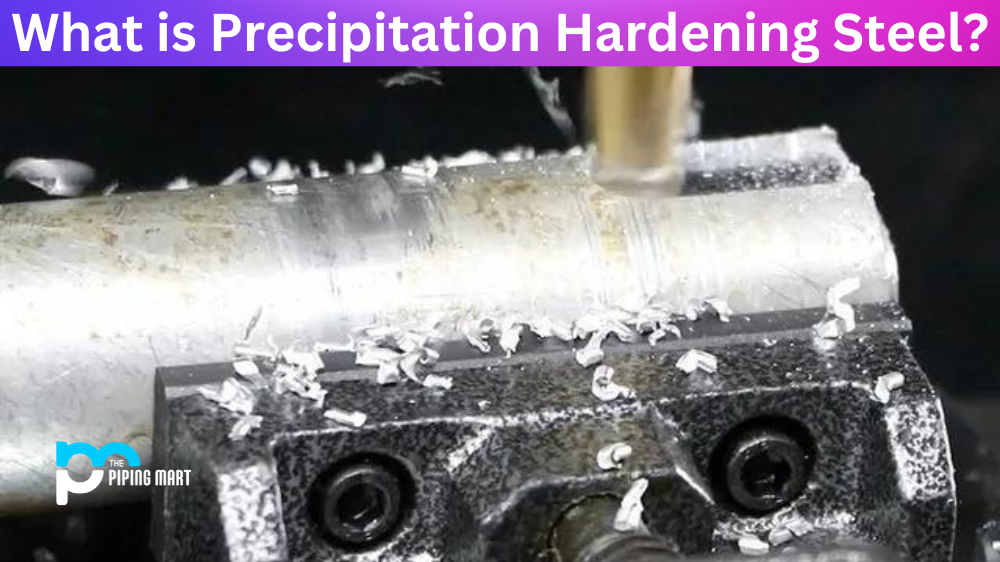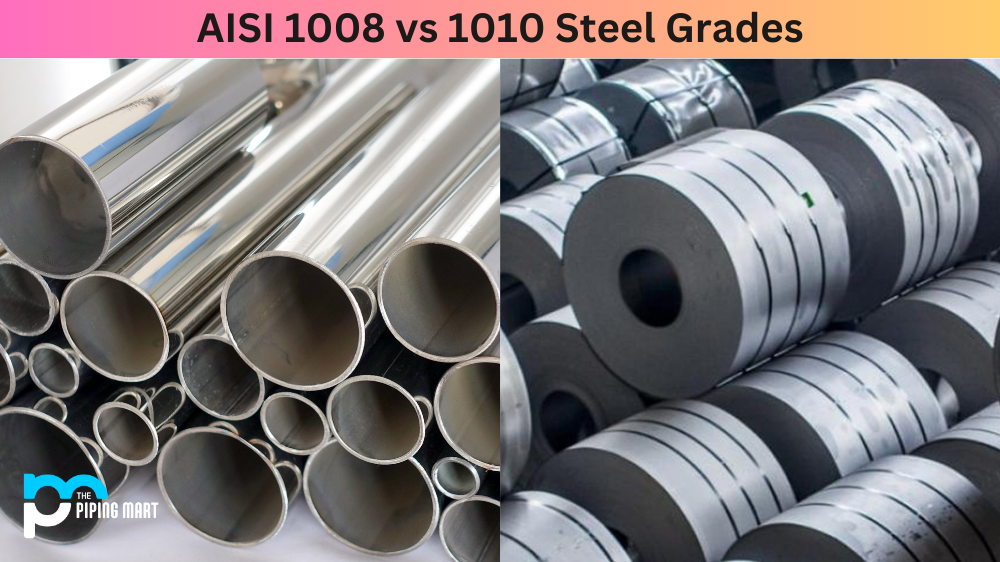If you are in the construction industry, then you’ve probably heard of precipitation-hardening stainless steel. But what is it, and why is it so important? This blog post will answer those questions and more. We’ll discuss what precipitation hardening stainless steel is, how it works, and why it can be so beneficial for your construction projects.
What Is It?
Precipitation-hardening stainless steel is a type of stainless steel alloy that has been treated with heat to increase its hardness. It contains elements such as chromium, nickel, titanium, and manganese. These elements work together to create a strong material that can withstand high temperatures without losing its shape or strength.
How Does It Work?
The heat treatment process used to create precipitation-hardening stainless steel involves heating the metal to a temperature above its recrystallization point and then cooling it rapidly. During this process, the metal becomes harder due to the formation of small precipitates within the metal’s crystal structure. These precipitates act like tiny anchors that prevent the metal from moving or changing shape when exposed to high temperatures or stresses.
Why Is It Important?
Precipitation-hardening stainless steel is an ideal material for construction projects because it provides superior strength and durability compared to other types of metals. It also has excellent corrosion resistance properties, making it perfect for outdoor applications where exposure to moisture could cause damage to other materials. Additionally, precipitation-hardening stainless steel is relatively easy to fabricate into complex shapes and designs due to its ductility and malleability.
Conclusion:
In conclusion, precipitation-hardening stainless steel is an incredibly strong and durable material that can withstand extreme temperatures without compromising its shape or strength. Furthermore, it offers excellent corrosion resistance properties, which make it suitable for outdoor applications where moisture could be a problem for other materials. Finally, due to its ductility and malleability, precipitation-hardening stainless steel can easily be moulded into complex shapes for various construction projects. For these reasons, precipitation-hardened stainless steels are often used in many different industries, including automotive manufacturing, chemical processing plants, power generation facilities, as well as commercial buildings and residential homes throughout the world.

Pipingmart is a B2B portal that specializes in metal, industrial and piping items. Additionally, we share the latest information and information about materials, products and various types of grades to assist businesses that are involved in this business.




